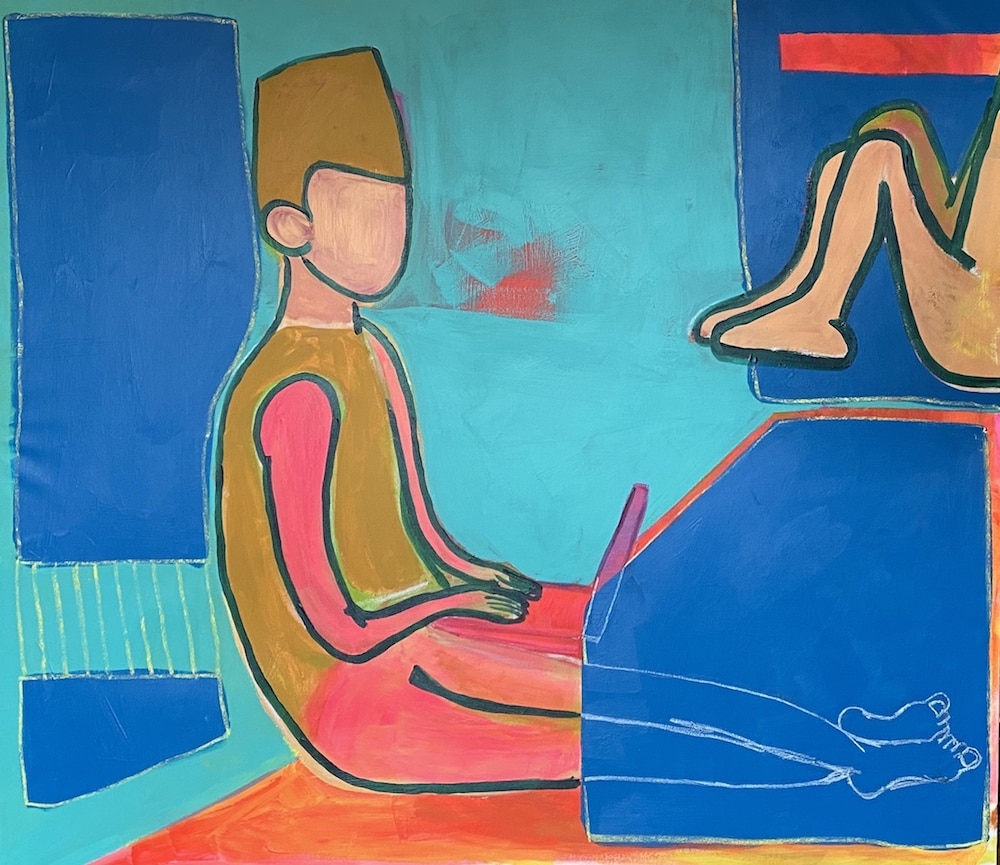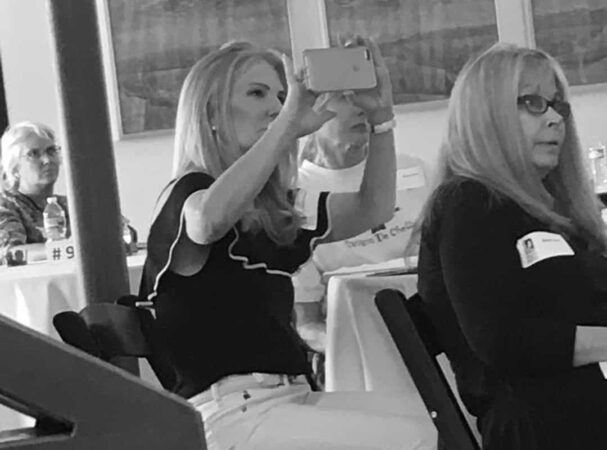Pixar released their fourth Toy Story movie earlier this summer on June 20th, 2019. It’s gotten rave reviews and continues the adventures of the original characters, first seen in the first Toy Story (1995). At first glance, the Toy Story series might just seem like a collection of sweet children’s movies. But this seemingly-simple series is what built an empire. This collection is how Pixar was able to steadily grow their animation technology, their business, and their place at the top. INSIDER recently released a short video documentary about Pixar’s evolution in animation, highlighting how their business blueprint left room for growth beyond what most people thought was possible at the time they started—and there’s a pretty useful takeaway here for working artists in all disciplines.

When you look at the way they animated the dog at the end of Toy Story (1995) in Sid’s house, it’s a stark reminder of how bad computer animation was at the time. Its features are blunt and alien-like, there is no texture to the fur, the dog’s movements are almost robotic, and the result is a dog that looks plastic and fake. Pixar was the first company at the time to do a movie with all computer animation for a reason: the technology wasn’t all the way there. But when you think back, did you even remember how strange the dog looked? We all focused on the toys because they’re the main characters—and it doesn’t matter that they look plastic, because they’re supposed to.
The people at Pixar knew that while they were inventing their own software, “RenderMan,” they would have to work within the abilities of their artists and the technology they had. At what is now a legendary lunch meeting, they designed a plan to make a series of movies: 1998’s A Bug’s Life, 2001’s Monsters, Inc., 2003’s Finding Nemo, and 2008’s WALL-E—with the idea to take the technology that they had made with Toy Story and develop it further with the next several movies.
A Bug’s Life gave them a chance to work on more fluid motion and closer details on human characters. Monsters, Inc. allowed them to develop new hair technology software. Finding Nemo allowed them to work on underwater lighting and use some of the hair technology. Using each movie and sequel, they were able to build themselves into the titans they are today.
We can apply the same techniques to help ourselves build better businesses as artists. Decide what your four-movie plan is. Clearly knowing and defining where your creative talents lie and where you need to leave yourself time to grow, can be part of your strategy to build your business over time. Find what you want to work on, and give yourself projects that let you practice your new skills as you go. Having a solid business plan can help you achieve your version of Pixar’s maintainable growth.







